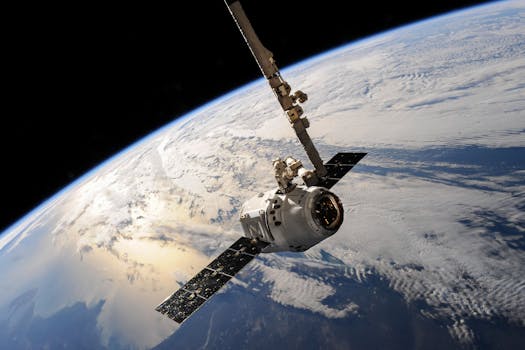GEO Satellites: Exploring the World of Geostationary Orbit

GEO Satellites: Exploring the World of Geostationary Orbit
GEO satellites, short for Geostationary Orbit satellites, have been a cornerstone of modern communication and navigation systems for decades. With their unique ability to remain stationary in the sky, GEO satellites have enabled the transmission of data, voice, and video signals across the globe, connecting people and communities like never before.
Geostationary Orbit, an altitude of approximately 36,000 kilometers above the equator, is a special region in space where satellites can maintain a fixed position relative to the Earth’s surface. This allows GEO satellites to continuously cover a specific area, providing uninterrupted services to users within their footprint.
History of GEO Satellites
The concept of GEO satellites was first proposed by scientist Arthur C. Clarke in 1945. However, it wasn’t until the 1960s that the first GEO satellite, Syncom 2, was launched into space. Since then, thousands of GEO satellites have been launched, with many more planned for the future.
One of the most significant advantages of GEO satellites is their ability to provide global coverage. With a single satellite, it is possible to cover an entire continent, making them ideal for applications such as telecommunications, broadcasting, and weather forecasting.
Applications of GEO Satellites
GEO satellites have a wide range of applications, including telecommunications, broadcasting, navigation, and weather forecasting. They are used by governments, corporations, and individuals to transmit data, voice, and video signals, as well as to provide internet connectivity to remote and underserved areas.
In addition to their practical applications, GEO satellites have also played a significant role in scientific research and exploration. They have been used to study the Earth’s climate, monitor natural disasters, and conduct astronomical research.
Significance of GEO Satellites in the Satellite Industry
GEO satellites are a crucial part of the satellite industry, with many companies relying on them for their operations. The demand for GEO satellites is expected to continue growing, driven by the increasing need for global connectivity and the expansion of the internet of things (IoT).
However, the GEO satellite industry also faces challenges, such as congestion in the geostationary orbit and the risk of satellite collisions. To address these challenges, companies and governments are investing in new technologies, such as satellite constellations and advanced propulsion systems.
Conclusion
In conclusion, GEO satellites have revolutionized the way we communicate and navigate. Their ability to provide global coverage and remain stationary in the sky has made them an essential part of modern communication and navigation systems. As the demand for global connectivity continues to grow, the significance of GEO satellites in the satellite industry will only continue to increase.